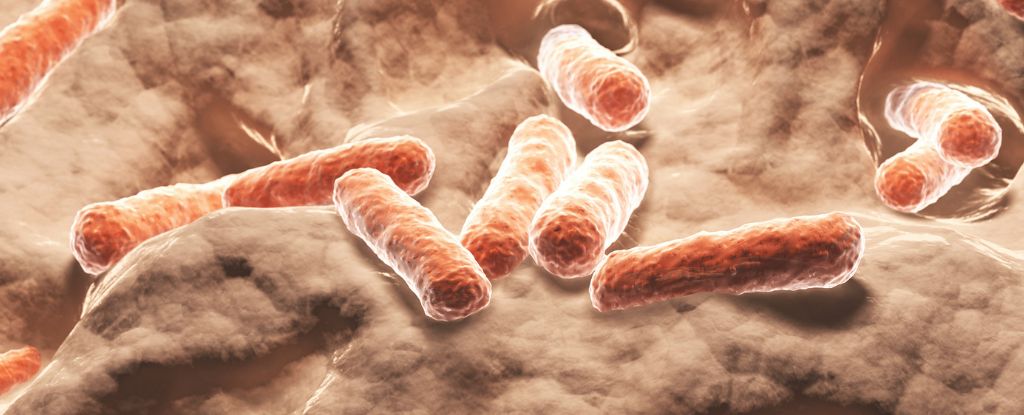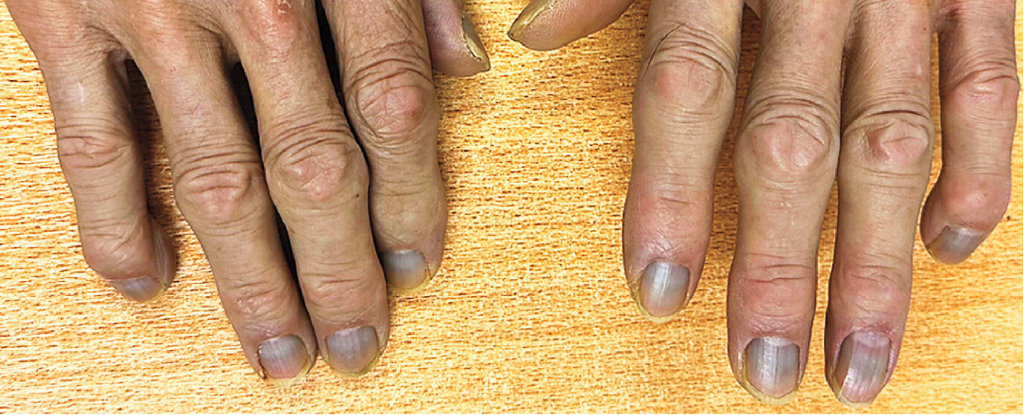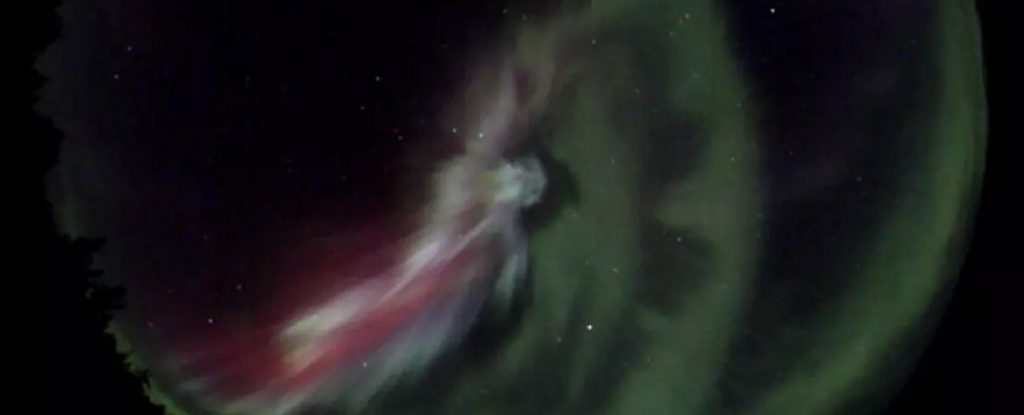ARTICLE AD
A segmented little beastie that swam Earth's seas nearly half a billion years ago has now been identified as the grandparent of spiders, scorpions, and horseshoe crabs.
It's called Setapedites abundantis, a teeny tiny creature around 5 millimeters long, and it thrived in an ocean that once covered what is now Morocco, 478 million years ago.
Now, analyzing its fossils more than 20 years after they were first discovered, paleontologists have realized it belongs to the arthropod clade Euchelicerata.
"Initially, we only intended to describe and name this fossil. We had absolutely no idea that it would hold so many secrets," says paleontologist Lorenzo Lustri of the University of Lausanne in Switzerland.
"It was therefore an exhilarating surprise to realize, after careful observations and analysis, that it also filled an important gap in the evolutionary tree of life."
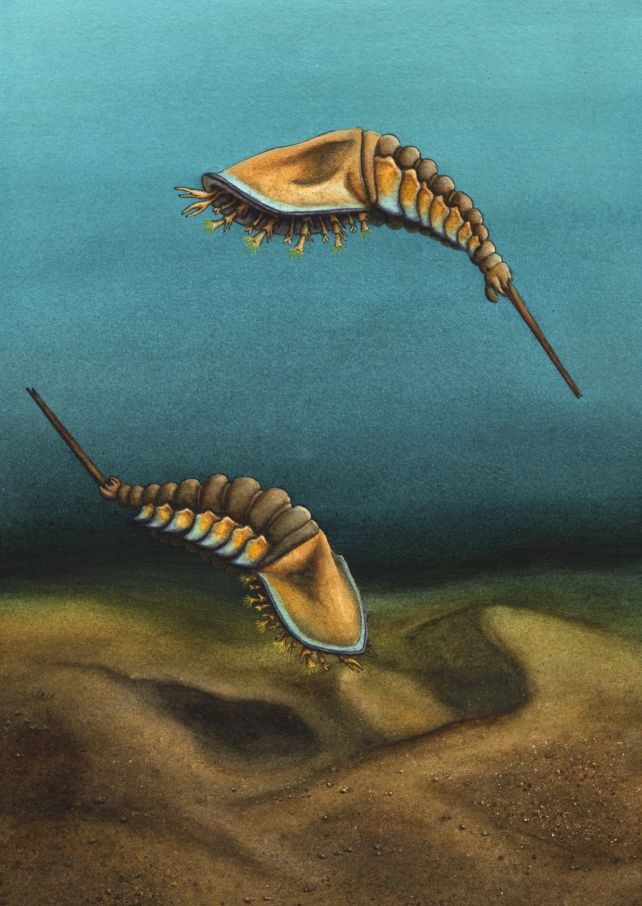 An artist's impression of Setapedites abundantis. (Elissa Sorojsrisom)
An artist's impression of Setapedites abundantis. (Elissa Sorojsrisom)Arthropods are a highly diverse and abundant group of invertebrates that covers insects, myriapods, crustaceans, and arachnids – together representing around 75 percent of the world's animal life. Within this group, there are subgroups. Chelicerates are arthropods that possess chelicerae – mouthparts shaped like fangs or pincers, used to grasp and envenom prey.
This group contains spiders, scorpions, horseshoe crabs, mites, and ticks, as well as several extinct groups, such as sea scorpions. But we're not exactly sure when and how these different animals diverged and started on their distinct evolutionary path away from the rest of the arthropods.
Setapedites abundantis was first unearthed in the early 2000s, in a formation known as the Fezouata Shale in Morocco. In fact, it was the most abundant type of fossil in the species, but studying and characterizing fossils is time-consuming work, and it took some time for researchers to get to it.
Lustri and his colleagues studied several fossilized examples of the creature, excellently preserved in the soft, fine shale that was once silt on the seafloor. And they found anatomical features called biramous (two-branched) appendages on the animal's rear.
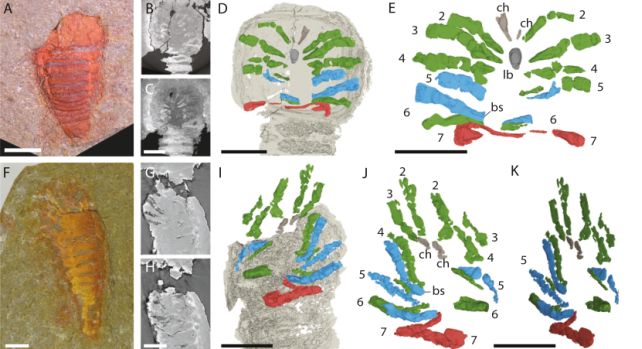 Diagram cataloging the appendages on Setapedites abundantis. (Lusti et al., Nat. Commun., 2024)
Diagram cataloging the appendages on Setapedites abundantis. (Lusti et al., Nat. Commun., 2024)These appendages and their position allowed the researchers to confidently place the species as a member of the family Offacolidae – a genus that includes only one other species, Offacolus kingi, which lived during the Silurian, between 444 and 420 million years ago.
Offacolidae are euchelicerates, which means that Setapedites abundantis now represents the earliest known member of this particular branch of the arthropod family tree, filling the gap between early arthropods and Euchelicerata.
For now, the fossil's position has been identified. The next step is to study it further to better understand the emergence and evolution of its unique characteristics, and thus how we came to have the spiders we know and love today.
The team's findings have been published in Nature Communications.

 7 months ago
70
7 months ago
70 